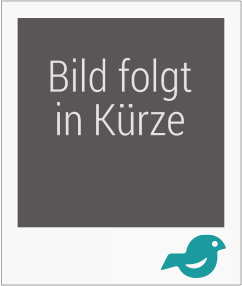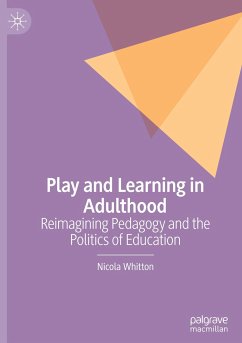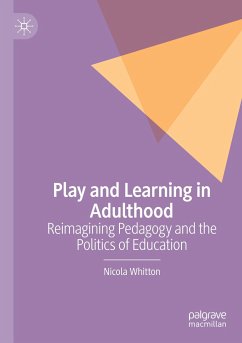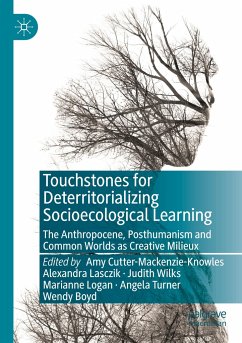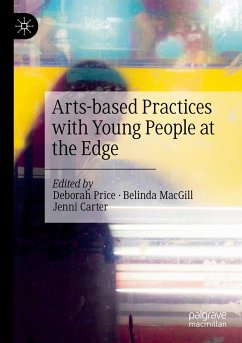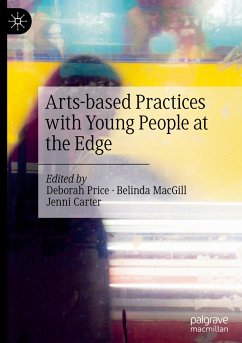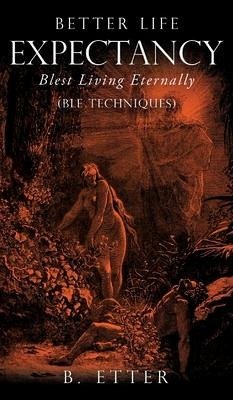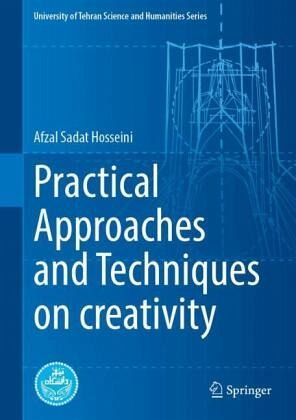
Practical Approaches and Techniques on Creativity

PAYBACK Punkte
49 °P sammeln!
This book presents qualitative findings from the Creativity Education Program, designed to be a valuable resource for educators. Creativity is essential to the survival and growth of a society. More than any other factor, teachers can play a more effective role in the development of students' creativity due to their extensive relationships with students. Thus, it can be said that teachers play a crucial role in students' creative experiences. But the questions are: Do our teachers understand the importance of their role? Have our teachers been able to stimulate students' creativity? What is th...
This book presents qualitative findings from the Creativity Education Program, designed to be a valuable resource for educators. Creativity is essential to the survival and growth of a society. More than any other factor, teachers can play a more effective role in the development of students' creativity due to their extensive relationships with students. Thus, it can be said that teachers play a crucial role in students' creative experiences. But the questions are: Do our teachers understand the importance of their role? Have our teachers been able to stimulate students' creativity? What is the position of creativity in our classrooms? The approach teachers use to instruct and their classroom management strategies have a direct impact on enriching the classroom environment to foster and develop students' creativity. In light of this critical role, the author developed a "Creativity Education Program" based on thirty years of scientific and practical experience. This program was evaluated through several stages of research to assess its impact. The evaluation aimed to explore the effects of the program on teachers' knowledge, attitudes, and skills, as well as on students' creativity. The statistical results demonstrated a positive and significant impact; however, the qualitative findings of the program proved to be even more meaningful than the quantitative results. It provides practical insights that educators can immediately apply in their classrooms to foster creativity.



